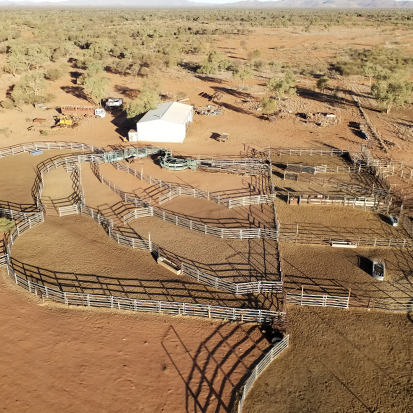As the social implications of coronavirus lead more people to seek support from not-for-profit organisations, economic uncertainty is simultaneously placing the sector’s already scarce financial resources under greater pressure.
A diverse group of not-for-profit board members and management teams across the sector have been tasked with making crucial decisions to address this twin challenge. While the extent of demand and financial strain differs across sub-sectors, many not-for-profit leaders have moved decisively and with resolve to ensure their organisations remain ‘mission-ready’.
According to Professor David Gilchrist, Co-convenor, not-for-profits, at the University of Western Australia (UWA), the sector has had to apply substantial financial resources to continue providing vital services throughout the pandemic. This includes investing in training and personal protective equipment to ensure the health and safety of staff, as well as those in the community.
Amid rising costs, traditional modes of funding have also been disrupted. While some organisations have successfully moved fundraising campaigns online, others have experienced diminished cash inflow in the absence of major face-to-face fundraising events.
Maximising constrained financial resources requires clear visibility of the financial health of the organisation, and that starts with understanding the balance sheet. From effective cash and asset management to identifying financial red flags early, the balance sheet is no longer just the domain of accountants. Instead, it’s a tool that not-for-profit boards and management can use to better navigate future unexpected challenges for the benefit of those they serve.
How to be mission-ready
Professor Gilchrist says that understanding a not-for-profit organisation’s balance sheet is the best way for boards and management to evaluate the resources they have today and the resources they will need to continue to efficiently and effectively deliver on their mission.
Over a short-term horizon, this understanding enables not-for-profits to ensure they have the cash to pay staff and bills. In the medium-term, it allows not-for-profits to develop and modify the organisation to meet demand and changing needs, as well as monitor growing financial obligations through provisioning for things like annual leave.
Longer-term, not-for-profits must have the financial resources to reinvest in the organisation, reconfigure, adopt technology and replace assets. This is crucial to maintaining operational flexibility in the face of change. “All these items are identified in the balance sheet to help not-for-profits to be mission-ready,” says Professor Gilchrist.
Ensuring the ability to serve communities well into the future is why not-for-profits must focus on generating a surplus to build their balance sheet and increase their capacity to grow. This naturally leads to considering the mix of services and support which are being delivered. Professor Gilchrist says that while some services are profitable, others are costly to provide and may not generate income, adding that “there has to be a balance to ensure profitable outcomes in the future”.
Building confidence among donors
Securing financial support from donors is never easy given increased competition for funding, and now a backdrop of heightened economic uncertainty and higher unemployment due to the pandemic. Not-for-profits that understand their balance sheet are better placed in knowing what resources they have on hand and what they will have, or will need, in the future.
This knowledge puts them in a stronger position to attract funding, says Professor Gilchrist. “Philanthropists and government support agencies are much more confident in not-for-profits that understand and can discuss their financial position. It gives them confidence that any contribution received will be used effectively for the mission.”
Short-term focus areas
With coronavirus continuing to put additional pressure on not-for-profits, Professor Gilchrist believes that not-for-profits would benefit from focusing on certain areas over the next six to 12 months.
Firstly, ensure the service mix is sustainable, including the timely delivery of services of the right quality and quantity. As we’ve seen, not-for-profits continue to successfully pivot their operations and seek new and sustainable funding models to replace conventional forums lost during the pandemic. And, of course, close management of the balance sheet, particularly cashflow, so that bills can be paid when they fall due and risks can be identified.
The Not-for-Profit Balance Sheet resource, jointly published by CommBank and the University of Western Australia, is essential reading. As Professor Gilchrist says, “you need to understand the organisation’s financial position yourself to ensure it has the resources to remain ‘mission-ready’ now and well into the future.”


